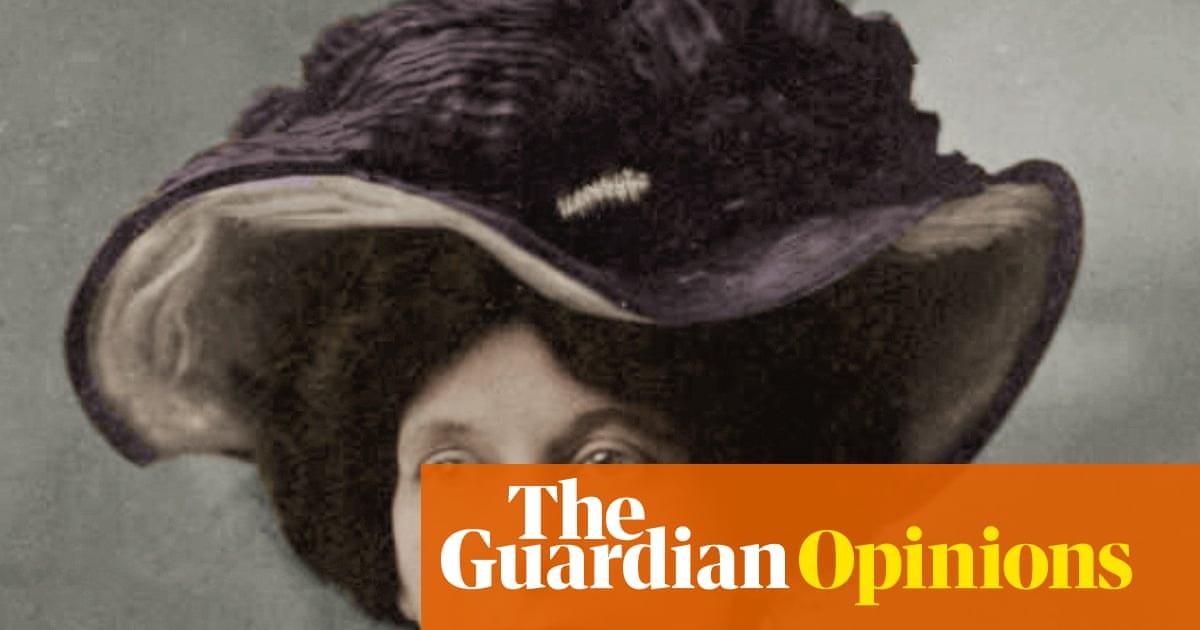
"Efforts to ensure that modern values are reflected in public sculpture began well before the Black Lives Matter protests five years ago. Those demonstrations saw the statue of the Bristol slave trader Edward Colston dragged from its pedestal and dumped in the harbour, while multiple Confederate monuments were removed from cities in the southern US. Statues in Britain have gradually reflected evolving social values."
"Rather than raise subscriptions to cast models of great men and women from the past, contemporary backers of public art often opt for different styles and forms for example, the giant statue of an anonymous black woman that was recently displayed in New York's Times Square. Called Grounded in the Stars, this was the work of a British artist, Thomas J Price. In other cases, enthusiasts continue to fundraise for traditional, lifesize statues of individuals."
Efforts to align public sculpture with modern values predate the Black Lives Matter protests. Protests led to the removal of the Edward Colston statue in Bristol and multiple Confederate monuments in the southern US. Britain has added statues of figures such as Emmeline Pankhurst (1930), Nelson Mandela (2007) and Mary Seacole (2016). The Monumental Welsh Women campaign aims to increase female representation. Some contemporary public art takes non-figurative or anonymous forms, exemplified by Grounded in the Stars by Thomas J Price. Fundraising continues for traditional lifesize statues. There are currently 147 statues of named, non-royal women, including Jane Taylor and Mary Anning.
Read at www.theguardian.com
Unable to calculate read time
Collection
[
|
...
]